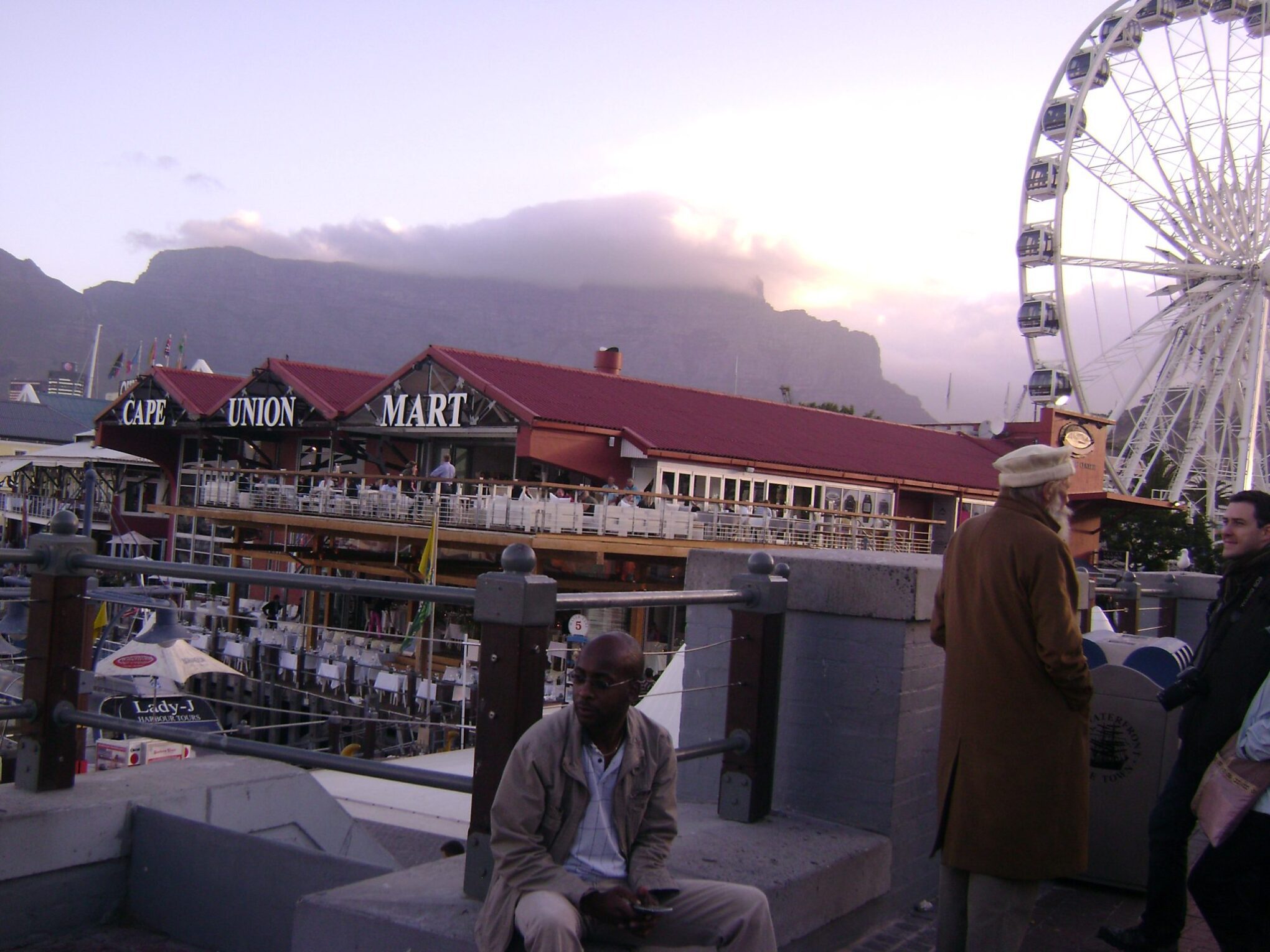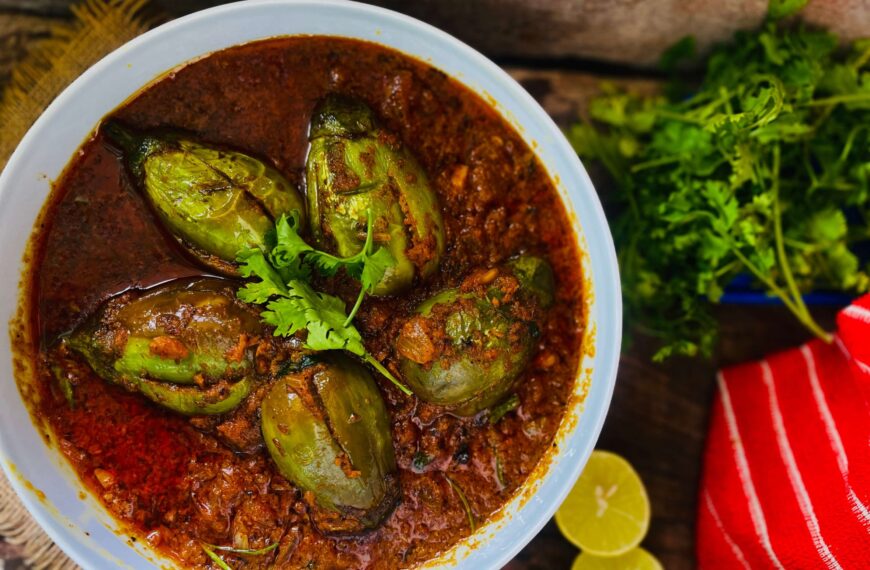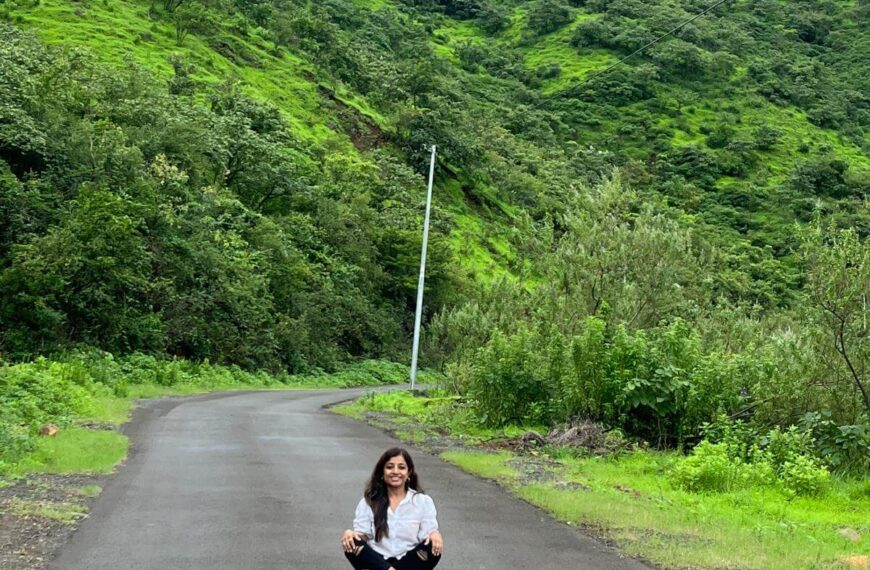 Dr. Paramita takes us on a tour of the Table Mountain a World Heritage site is natural home to fynbos a unique and endangered variety of shrubs and plants, in the weekly column, exclusively for Different Truths.
Dr. Paramita takes us on a tour of the Table Mountain a World Heritage site is natural home to fynbos a unique and endangered variety of shrubs and plants, in the weekly column, exclusively for Different Truths.
Table Mountain in Cape Town in South Africa was declared a New 7-Wonder of Nature on the 11th of November, 2011. After a three year race to choose the world’s seven most wonderful natural sites, the New 7-Wonder Foundation in Zurich, Switzerland named Table Mountain a new 7-Wonder of Nature.
We visited Cape Town in the first week of November, 2011. On the 5th we were to go up the Table Mountain but the cable way was closed, as it was a windy day. Fortunately, we could visit the Table Mountain on the 6th of November. I am mentioning the dates here since I was thrilled to hear that Table Mountain became a New Wonder just after we visited it.
Table Mountain is in the South west corner of the African continent. The top of the mountain is flat like a table so the name Table Mountain. It is washed by two oceans on both the sides. Two different currents pass the Cape. The Benguela Current brings the Antarctic water to the west coast of South Africa. The warm Agulhas Current of the Indian Ocean travels from the tropics bringing warm water to the east coast.
On the way up to the cable way of Table Mountain we could see yellow bushes of Protea flowers. The purple variety, King Protea is the national flower of South Africa. From here we could see the whole of Cape Town. The Robben Island could also be seen from here.
variety, King Protea is the national flower of South Africa. From here we could see the whole of Cape Town. The Robben Island could also be seen from here.
The Table Mountain is 1067 metres above sea level. It has to be reached by the cable way. The first cable way was made in 1929 and covers a span of 1201 metres. Then each cable car or gondola could accommodate 25 people but the new cable cars which started in 1995 can accommodate 65 visitors. The cable car’s base is filled with water and acts as ballast in windy days. Since its inception the cable way has carried more than 25 million people.
We climbed up the staircase and then there was a photographer who took photos. The photos were displayed later on for us to choose and buy. We then got into the gondola. There were many tourists with us. The gondola then started climbing the steep side of the mountain and we were scared to look down. Many of the elderly tourists were talking about being frightened and just then my daughter, who was small then called me in a sweet voice, “Mama”. Immediately, a gentleman from the said group said, “That was me”. It was hilarious, we all rolled with laughter. None of us were scared anymore.
The cable car stopped at the cable station. We got out and went around the mountain. It was scary to look down the steep edges although they were fenced. The Mountain had the steepest cliffs made up of the hardest rocks on earth.
 The Table Mountain a World Heritage site is natural home to fynbos a unique and endangered variety of shrubs and plants. We could see fynbos all around. The three types of animals found in the mountain are the Common Mountain Lizard, the Sunbird and the Rock Dassie. The lizards camouflage themselves in the fynbos and feed on small insects. The sunbirds are sharp beaked with a sharp call. The Dassie looks like a rabbit but closely related to the elephant. The indigenous inhabitants of the Cape, the Khoekhoe (pronounced and popularly called khoikhoi) called Table Mountain Hoerikwaggo meaning ‘Sea Mountain’. The urine of Dassie which evaporates to form a dark hard mass was collected by the Khoekhoe and used as medicine. We did not see any animals but many types of birds were flying around.
The Table Mountain a World Heritage site is natural home to fynbos a unique and endangered variety of shrubs and plants. We could see fynbos all around. The three types of animals found in the mountain are the Common Mountain Lizard, the Sunbird and the Rock Dassie. The lizards camouflage themselves in the fynbos and feed on small insects. The sunbirds are sharp beaked with a sharp call. The Dassie looks like a rabbit but closely related to the elephant. The indigenous inhabitants of the Cape, the Khoekhoe (pronounced and popularly called khoikhoi) called Table Mountain Hoerikwaggo meaning ‘Sea Mountain’. The urine of Dassie which evaporates to form a dark hard mass was collected by the Khoekhoe and used as medicine. We did not see any animals but many types of birds were flying around.
There was a stone model of Table Mountain and other ranges liked Lion Mountain, Signal Mountain, Twelve Apostles and The Cape of Good Hope. Our guide took us around. There was a Table Mountain cafe. One of the open spaces was the Twelve Apostles terrace.
There was a board proclaiming that Nelson Mandela had said that Table Mountain was a gift to earth on World Environment Day, in 1998.
Clouds encompassed us; Cape Town below became hazy. We walked around. At very sharp edges there were fenced wooden bridges. We felt scared to stand on one such bridge as it was shaking and ground was far below.
The French Astrologer, Nicolas Lois de Lacaille named a constellation Mons Mensa after Table Mountain in  1754. Nicolas studied the southern sky from the Mountain. Table Mountain is the only mountain to have a constellation named after it.
1754. Nicolas studied the southern sky from the Mountain. Table Mountain is the only mountain to have a constellation named after it.
There is evidence of prehistoric people living on Table Mountain more than 600,000 million years ago.
The top of the Table Mountain is sometimes covered with a thick mist which is aptly called ‘Table Cloth”.
We went back to the cable car to go back to Cape Town. We then picked up a souvenir from the shop out there. We then took photographs which could be seen later online. We also collected our previous photograph.
I end with Nelson Mandela’s Words, “During the many years of incarceration in Robben Island, we often looked across the Table Mountain’s magnificent silhouette…To us at Robben Island the Table Mountain was a beacon of hope. It represented the mainland to which we hoped we would one day return”.
©Dr. Paramita Mukherjee Mullick
Photos by the author
#SouthAfrica #CapeTown #TableTop #Travel #TravelAfrica #TravelAndGetaway #DifferentTruths







 By
By
